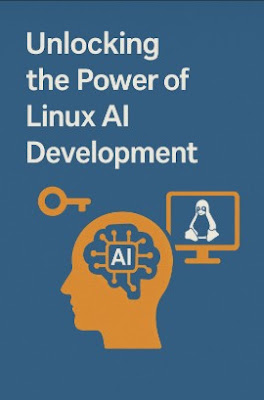Unlocking the Power of Deep Learning: Why Linux is the Preferred Operating System

The world of deep learning is rapidly evolving, demanding powerful and flexible computing environments. While various operating systems exist, Linux has emerged as the undisputed champion for deep learning applications. Its open-source nature, robust performance, and extensive community support make it the preferred choice for researchers, developers, and organizations alike. This comprehensive guide delves into the reasons behind Linux's dominance in the deep learning landscape and provides a detailed overview of its capabilities. Why Choose Linux for Deep Learning? The advantages of using Linux for deep learning are numerous and compelling. Let's explore some of the key benefits: 1. Performance and Control: Linux offers unparalleled performance and control over system resources. Its kernel architecture is optimized for efficiency, providing faster processing speeds and improved memory management compared to other operating systems. This is crucial for deep learning...








